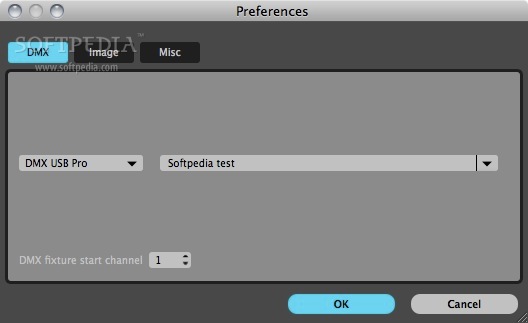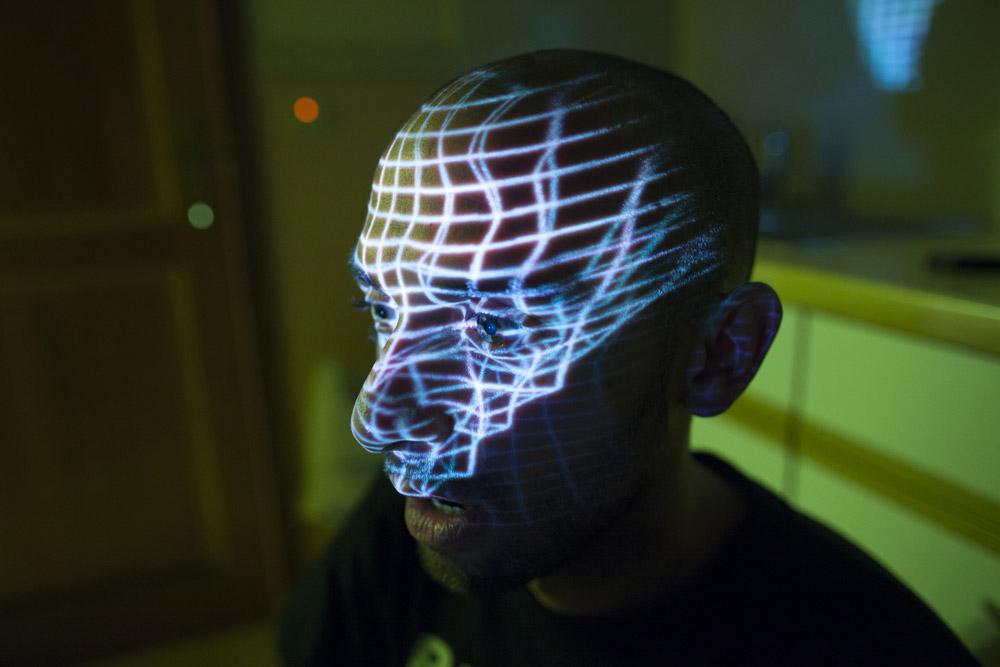

- #Madmapper insert file mac os#
- #Madmapper insert file pro#
- #Madmapper insert file software#
- #Madmapper insert file plus#
- #Madmapper insert file series#
When you start the capture process, a series of test patterns of white lines (structured light) pass over the object and your camera catches and interpolates the image. I used a Panasonic AG-DVX100b for my test with a small cartoon statue. The Spatial Scanner is a function that allows you to use your projector as a scanner, to actually capture - pixel by pixel - what your projector is pointed at, using a FireWire camera (Canon is heavily supported). They loaded up and worked fine in my testing, however, and will only add to the richness of this application.Īnother powerful feature is the Spatial Scanner. It’s pretty obvious what they do, based on their names but since they are in beta, GarageCube doesn’t recommend them for use in performance just yet.


They include Mad Doubler, Mad Equalizer, Mad Generator, Mad GraphicPatterns, Mad GridMaker, Mad KinectMasker (be still my beating heart…realtime masking), Mad Line, and Mad Video Delay. MadLab includes are a bunch of small apps that didn’t make the initial release.
#Madmapper insert file software#
The real power of this software comes in using a set of add-ons called MadLab. It also has controls for highlighting the background color and a “force media ratio” option. MadMapper has built-in test cards of 4×4, 5×5, 8×8 and 16×16 grids and a color test pattern.
#Madmapper insert file plus#
MadMapper features unlimited mapped elements, masks (with Alpha -ignore option), and undo levels, opacity and blending modes for each element, plus a Master Opacity for overall blackout capability. You can adjust the subdivisions of the mesh (up to 30) and adjust the precision as well. With Mesh Warping checked, things become real interesting. From here, you can enable Mesh warping or Opacity and also flip the orientation of the output horizontally, vertically, backwards or forwards.

The output is immediately seen on the secondary monitor. I clicked on the surface add tab and was greeted with a few options - Surface Quad, Surface Triangle and Surface Mask.Ĭlicking Quad once its added makes the surface transparent blue, and then you can manipulate the image via the corner handles or the rotation and scale handles. The split screen can be adjusted to display Input and Preview Output, Input Only, Preview Output only, or toggle between side-by-side or top-over-bottom. I double-clicked on the Modul8 Main View under Syphon and immediately saw what was being output. (You can get various media into MadMapper by using File > Import Media, or just by dragging and dropping.) For purposes of the review I used video output from Modul8 and some test patterns. On the right, a preview output screen shows what those inputs will look like. You have a split-screen with input sources (video feeds via Syphon from other apps, pictures, movies, etc.), a few control buttons and a source info box. Upon opening the application, you’re greeted with a simple user interface that belies its power. The MadMapper GUI is simple and clean - almost Spartan.
#Madmapper insert file pro#
The beauty of Syphon is that it provides a pipeline between apps using the hardware acceleration on the GPU, instead of duplicating resources and causing bottlenecks.įor this review, I tested MadMapper on a Mac Pro Tower with 20GB RAM, three ATI Radeon 2600 cards and four 7200 RPM SATA drives.
#Madmapper insert file mac os#
To accomplish this, MadMapper uses a Mac OS X-based framework known as “Syphon.” Syphon is built into many applications (VDMX, Modul8, MadMapper, VPT, CoGe, Quartz Composer, MaxMSP/Jitter, Unity 3D, Cell DNA), and the list is growing. It can also use the textures that are being created live from other apps. It accomplishes this first by assuming you’ve created the textures (or video or graphics, or whatever) in some other app. MadMapper is a software application that, in its simplest form, allows you to project and shape texture maps onto complex surfaces, albeit with no Bezier curves as of yet (coming soon, we’re told). As its influence grows, it’s demystifying projection mapping and bringing the art form to more people. Its sister app, MadMapper, is from GarageCube and 1024 Architecture. The VJ community has had a pretty big influence in all of this, and one particular app that has been in use is Modul8, from GarageCube. It once required pricey projectors and a variety of tools not really designed for the task, but the number of software providers has grown, and the cost of the projectors needed has dropped. Projection mapping, or “video mapping,” usually involves projecting radical graphics and live video onto complex shapes and surfaces. You see a different amazing example practically weekly, involving everything from building facades to cars to trees and castles - and if you can’t see it in person, chances are it’s up on Youtube.


 0 kommentar(er)
0 kommentar(er)
